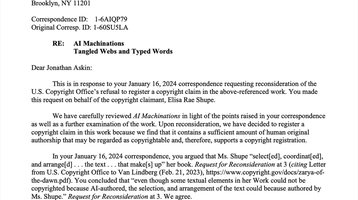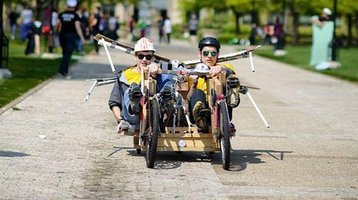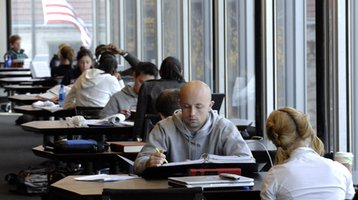To make a difference
When I embarked the Viking Legend this summer on a Danube tour from Budapest to Passau, I was looking forward to revisiting cultures and places I once called my home. Beyond phone and email, I was resolved not to make this a working vacation. The memories, the landscape, and the people seemed conducive to my resolve.
But—not for long. Through walking tours, lectures, and formal and informal presentations we learned from and about each other, and soon I was tempted to talk about the Library.
How do you engage people from different backgrounds, ages, and stages in life in issues that are close to your heart but not necessarily to theirs? How do you capture and sustain their interest in exploring the ways in which the Library can make a difference at a University that is already great? How do you convey that much is needed to enable the Library to make an even greater difference?
I let numbers tell my story as I pointed to the Library fact sheet on my iPad.
The University of Chicago Library is the 9th largest research library in North America; it provides 10.7 million volumes in print and electronic form, 48,252 linear feet of archives and manuscripts, and 107.6 TB of University electronic archives and research data. These figures impressed my new-found friends. But more impressive were numbers that convey the magnitude of services we offer: 333,630 volumes circulated to 14,414 unique individuals; 12,359 Scan & Deliver requests; 5.6 million successful responses to full-text article requests; 21,248 questions to reference librarians; 4,000+ attendees at training sessions.
Our rich and distinctive collections reflect a history of generous budgets to support their strength, but we are falling behind in sustaining this strength with current budgets. The exponential growth of electronic resources raises the expectation and demand for more such resources at a time when traditional and electronic resources coexist and compete for limited budgets. Technology brings exciting changes for collections and services, and by not taking advantage of their full potential we are falling behind in serving our users. Teaching and training in the use of collections in an increasingly complex research environment presume staff time and expertise beyond what we can afford.
And I let pictures color my story: a breathtaking and awe-inspiring rendering of the Mansueto Library filled the screen; an underground storage capacity to accommodate collection growth of 3,500,000 printed volumes; a conservation laboratory for physical repair and a digitization laboratory to digitize collections for preservation and access; a soaring glass dome embracing the magnificent space to create the Joe and Rika Mansueto Library—a structure of programmatic and architectural vision of the future.
The spaces and programs of the Mansueto Library enable the expansion and easy retrieval of collections, their preservation for future generations of users, and their digitization for access around the world. Our services support the education of the brightest of students and attract and retain the greatest of faculty, but these services must be sustained and expanded to new initiatives, if we are to continue to excel.
And in the resounding applause there was recognition for what a great Library can do for an already great University.
Expanding opportunities within limited budgets will require that tough choices be made. We will make these choices informed by impact and guided by the principle that the more we invest in what matters, the greater the difference we can make.


